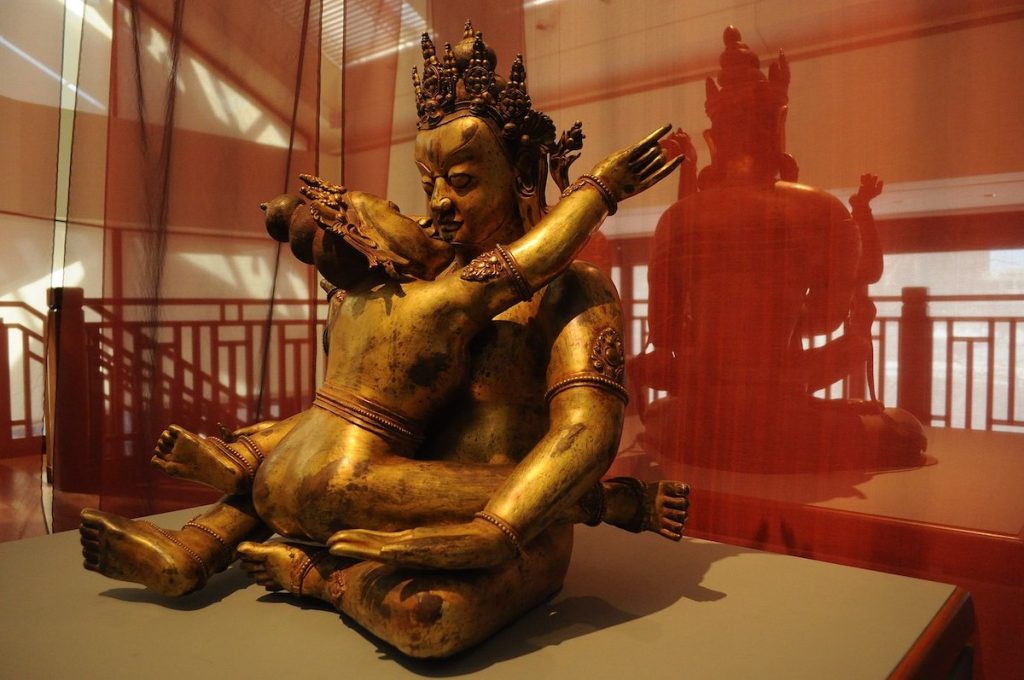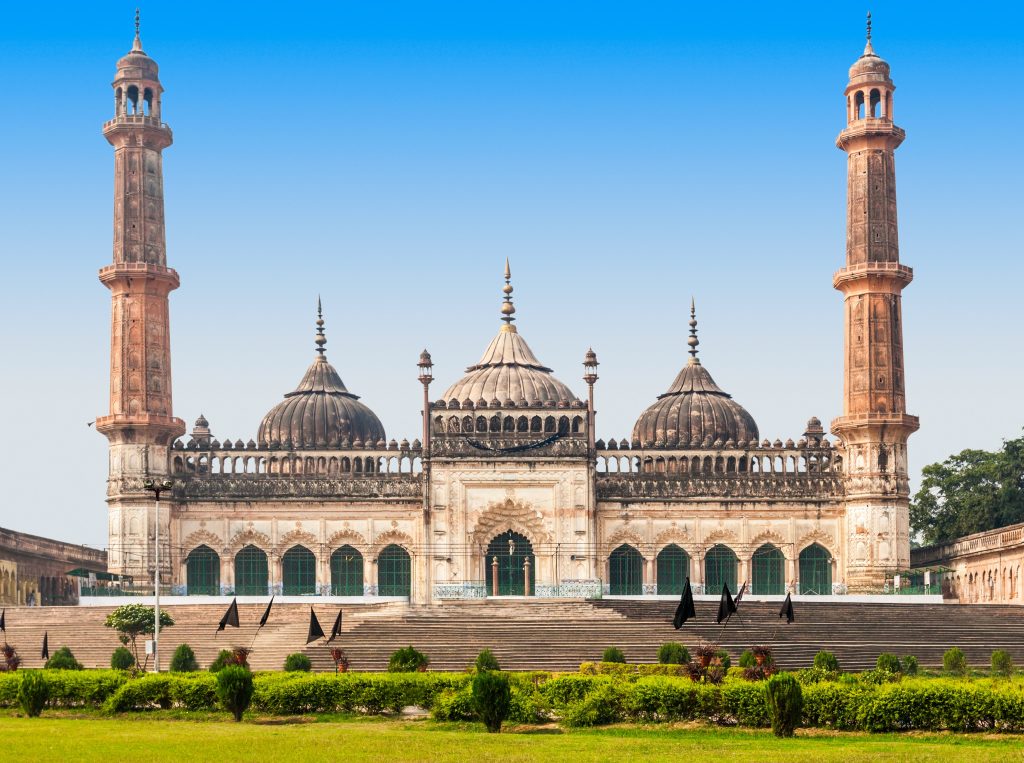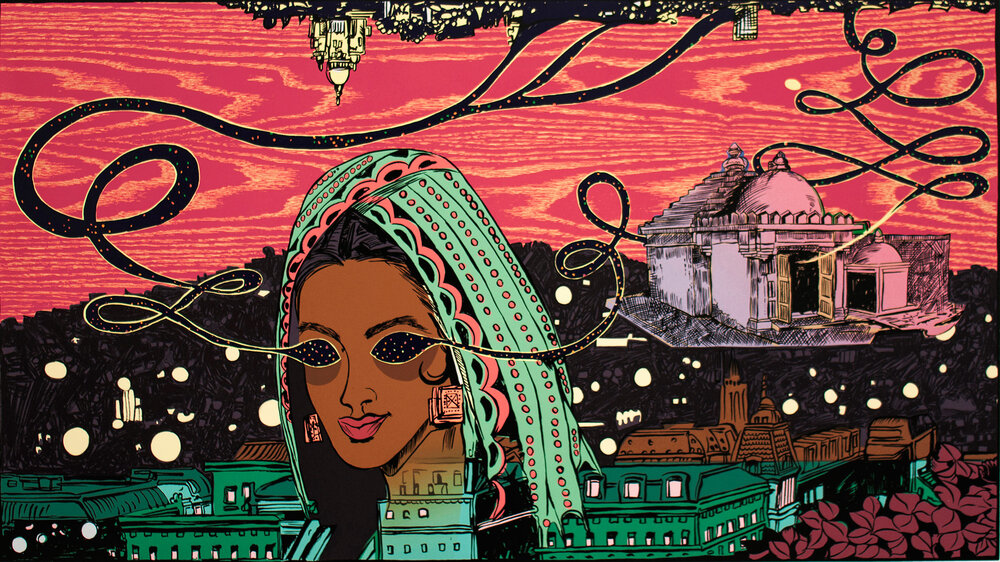Editor’s Opinion
Iftikar Ahmed
Yes, sex is considered an integral part of some Tantra traditions. Tantra is a spiritual practice that originated in ancient India and encompasses various practices, including meditation, breath work, mantras, and rituals. In some Tantric traditions, sexual energy and practices are used as a means to achieve spiritual awakening, personal transformation, and union with the divine. However, it is important to note that Tantra is a complex and diverse philosophy, and not all Tantric practices involve sexual activity. There are also non-sexual forms of Tantra that focus primarily on meditation and other spiritual practices. The understanding and interpretation of sex within Tantra can vary among different lineages and practitioners.
Tantra is a spiritual and philosophical tradition that originated in ancient India and has evolved over centuries. While Tantra encompasses a wide range of practices and beliefs, including meditation, yoga, and devotion, it is often associated with the integration of sexuality and spirituality.
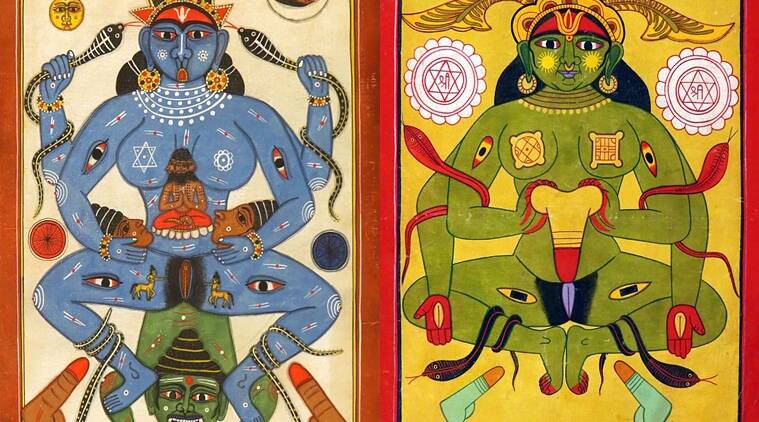
In some Tantric traditions, sex is considered a powerful and sacred force that can be harnessed for spiritual growth and enlightenment. Practices such as Maithuna, which involves ritualistic lovemaking, emphasise engaging in sexual union with love, presence, and mindfulness to transcend the physical and reach higher states of consciousness. Kundalini Awakening is another concept where practitioners seek to awaken and raise dormant spiritual energy through the body’s energy centres. Rather than suppressing or indulging in sexual desires, Tantric teachings encourage sublimating and transmuting sexual energy into higher forms of energy for spiritual pursuits and personal transformation. Symbolism, rituals, and the union of a masculine and feminine energies (Shiva and Shakti) are integral to Tantric practices, representing the integration and harmonisation of opposing forces for spiritual awakening. These traditions view sexual energy as a vital aspect of human existence and believe that by embracing and channelling this energy, individuals can attain higher states of consciousness.
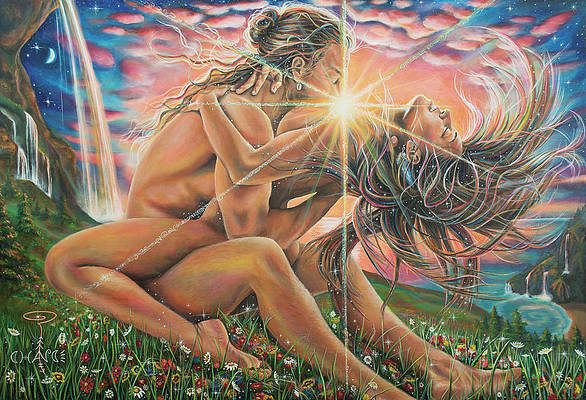
Courtesy: fineartamerica
Within the context of Tantric philosophy, sexual energy is seen as a microcosm of the cosmic energy that permeates the universe. It is viewed as a potent force that can be used to transcend the limitations of the physical body and connect with the divine. Through Tantric practices, couples or individuals can engage in sexual rituals and exercises that aim to expand awareness, deepen intimacy, and cultivate spiritual transformation.
Tantric sexual practices often involve slowing down and prolonging sexual experiences, focusing on mindful awareness, breath control, and energetic connections between partners. These practices emphasise the union of opposites, seeking a balance of masculine and feminine energies within oneself and with one’s partner.
However, it is essential to recognise that not all Tantric practices involve sexual activity. Tantra is a vast and diverse tradition with various branches and lineages, each with its own interpretation and emphasis. Many Tantric practitioners focus on non-sexual practices, such as meditation, mantra chanting, and visualisation, as a means to achieve spiritual growth and self-realisation.
It is also important to note that Tantra is often misunderstood and misrepresented, particularly in the context of Western culture, where it is sometimes associated solely with sexual techniques and exoticism. Authentic Tantra places significant emphasis on ethics, mindfulness, and the cultivation of virtues such as love, compassion, and respect.
Furthermore, engaging in Tantric sexual practices requires consent, communication, and a deep level of trust between partners. It is essential for individuals interested in exploring Tantra to approach it with a genuine intention, respect for its cultural origins, and guidance from qualified teachers or practitioners.
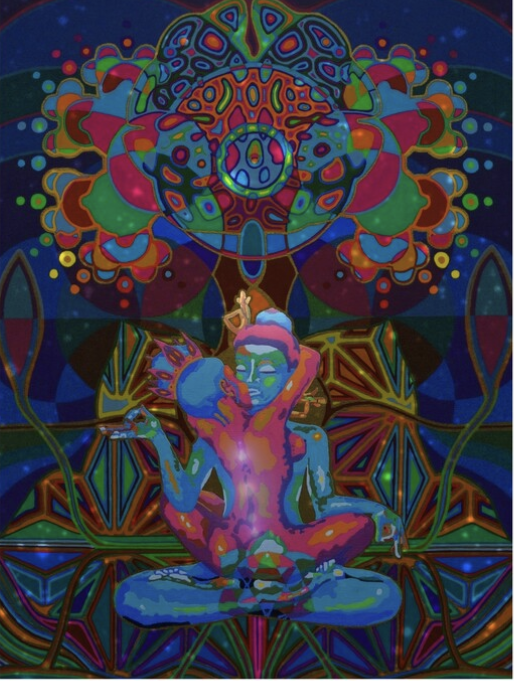
Designed and sold by karmym
While sex can be considered an integral part of certain Tantric traditions, Tantra is a multifaceted spiritual path that encompasses a wide range of practices and beliefs. Sexual energy is viewed as a powerful and sacred force that, when harnessed consciously and ethically, can be utilised for personal and spiritual transformation. However, it is crucial to approach Tantra with respect, understanding, and guidance to appreciate its deeper philosophical and spiritual dimensions.
The book “The Tantric Body” by Gavin Flood explores the multifaceted nature of Tantra beyond its sexual dimensions, providing a more comprehensive understanding of this ancient practice. While Tantra is often associated with ecstatic sexual practices and ritualistic forms of sex, Flood argues that it encompasses much more than just that.
According to Flood, Tantra originated in India approximately 1200 years ago, with the construction of sacred erotic temples. However, he asserts that Tantra should not be reduced solely to its sexual aspects. Instead, he highlights that Tantra is a Hindu-based religion that links ecstatic sexual practices with meditation and direct spiritual experience.
Flood emphasises that Tantra sees the body as more than just a sexual entity; it is viewed as a vehicle for spiritual transformation and a manifestation of fundamental spiritual principles. Tantra recognises the interconnectedness of body, mind, and spirit, and seeks to harness and channel the energy within the body to achieve higher states of consciousness.
While the book acknowledges the importance of Tantra’s sexual dimensions, it aims to provide a more nuanced understanding of the philosophy by exploring its spiritual and philosophical aspects. It delves into the role of the body as a means for spiritual realisation and emphasises the significance of spirituality in the Tantric tradition.
“The Tantric Body” contributes to the study of South Asian religion and offers insights into the cultural and societal significance of Tantra. It appeals to students of South Asian cultures and societies, as well as those interested in comparative philosophy. By presenting a broader perspective on Tantra, Flood’s work helps to dispel misconceptions and offers a more holistic understanding of this ancient practice.
The Kama Sutra is often associated with Tantra due to its exploration of sexual techniques and positions, but it is not strictly a Tantric text. Kama Sutra is primarily a guidebook on human relationships, love, and sensual pleasures, covering a wide range of topics beyond just sexual techniques.
While the Kama Sutra does contain chapters dedicated to sexual positions and techniques, it also delves into subjects such as courtship, marriage, and the art of living a fulfilling life. It provides advice on various aspects of relationships, including attraction, seduction, and maintaining harmony between partners.
Although Tantra and the Kama Sutra both touch upon aspects of sexuality and human relationships, they differ in their overall philosophical and spiritual orientations. Tantra encompasses a broader spiritual path that includes ritual practices, meditation, and the integration of sexuality into the pursuit of spiritual awakening. The Kama Sutra, on the other hand, focuses primarily on the pleasures and dynamics of human relationships.
Therefore, while the Kama Sutra may have influenced and been influenced by some Tantric ideas, it is not considered a purely Tantric text.

